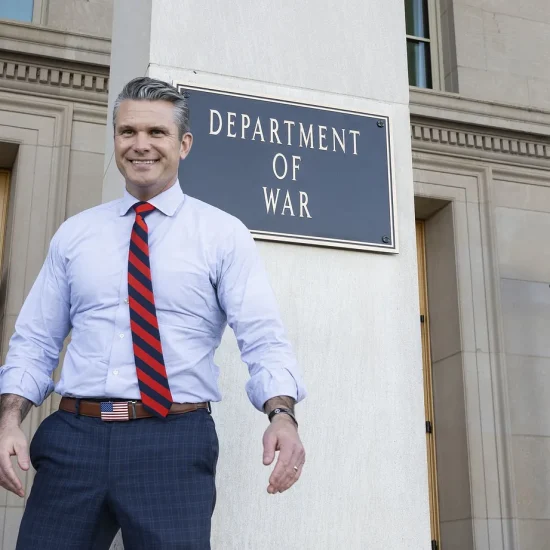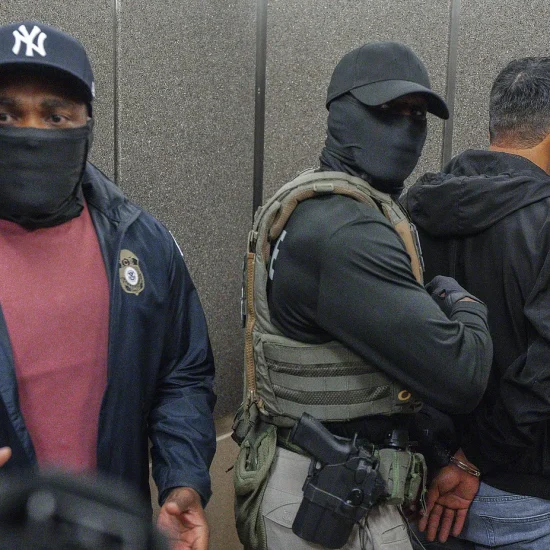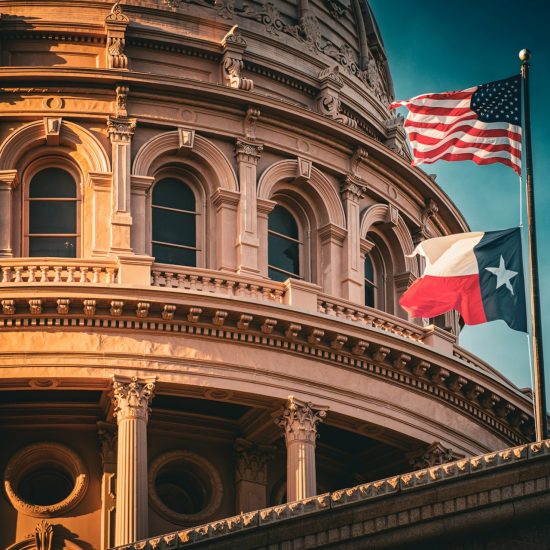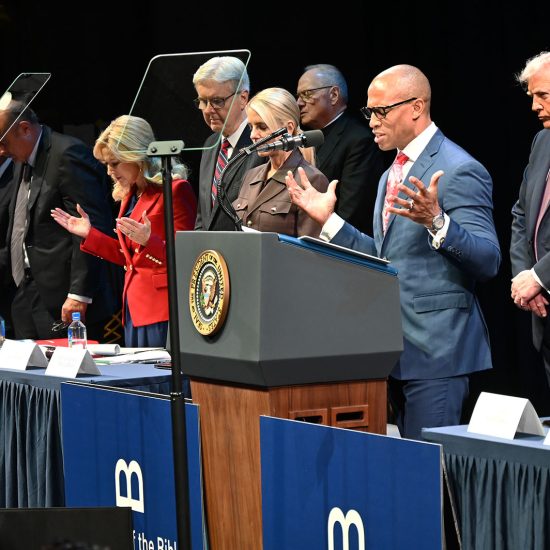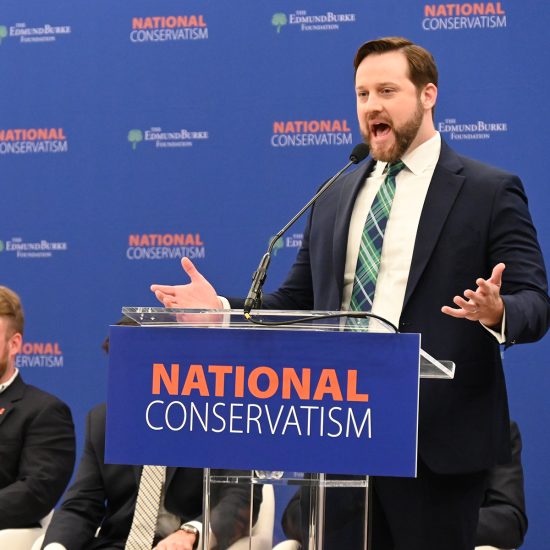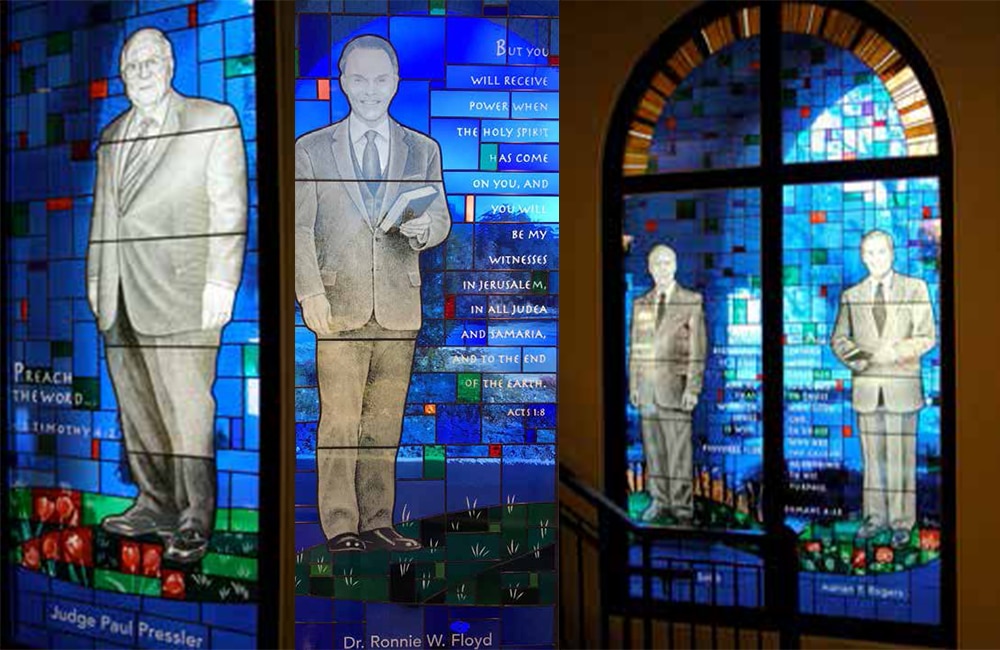
In April, Southwestern Baptist Theological Seminary in Fort Worth, Texas, removed dozens of stained glass windows. The windows featured neither biblical characters nor historical saints, but recent Baptists honored as part of the rightward shift of the Southern Baptist Convention.
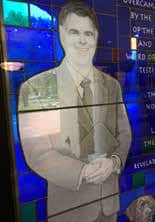
Paige Patterson (Don Young Glass Studio dyglassstudio.com)
Gone is the window of Paige Patterson. The former SWBTS president was fired last year for his mishandling of cases of rape.
Gone is the window of Paul Pressler. The former judge was accused in 2017 and 2018 by three men of unwanted sexual advances and molestation.
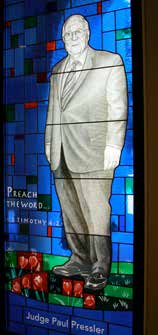
Paul Pressler (Don Young Glass Studio dyglassstudio.com)
Gone is the window of Frank Page. The former head of the SBC’s Executive Committee resigned last year after admitting to a “morally inappropriate relationship.”
Gone is the window of Richard Land. The former head of the SBC’s Ethics & Religious Liberty Commission left in 2013 amid criticism for plagiarism and controversial remarks on race.
Gone, too, are windows of many recognizable names, like W.A. Criswell, Adrian Rogers, Bailey Smith, and Charles Stanley.
“After much consideration in prayer and discussion, we have concluded that the best thing for the institution is to remove and relocate the stained glass windows,” explained an SWBTS letter to donors who gave for the windows.
Patterson’s wife, Dorothy, had spearheaded the installation of the windows, which included one of herself. The 12-year project started in 2011 with a plan to create at least 69 windows, 32 of which were already installed.
The removal of the windows came just two months before the 40th anniversary of the movement Patterson and Pressler led to remake the SBC. Supporters call it the “conservative resurgence.” Critics call it the “fundamentalist takeover.” Undisputed is that it moved the SBC to right theologically, socially, and politically.
But as the 40th anniversary of the shift arrives in June, it seems few will mark the occasion with celebrations — at least not with its former heroes. The last time Pressler spoke at an SBC annual meeting — in 2016 — he yelled into a microphone until he was asked to identify who he was since the people on the platform did not recognize him. Then, when he kept complaining about messengers passing a resolution criticizing the Confederate flag, the president ordered his microphone turned off.
Last year did not go much better for Patterson. He dropped out of giving the annual convention sermon and skipped the meeting just weeks after being fired. Some of his supporters attempted to undo the action and remove the SWBTS trustees, but messengers overwhelmingly backed the trustees.
SHATTERED EXPECTATIONS
After leaders of Southwest Baptist University in Bolivar, Mo., last November fired one of its professors in the Redford College of Theology and Ministry, that professor attempted to beat the drums of a new “conservative resurgence.” Clint Bass, fired for violating the faculty handbook and ethical and professional canons, had been secretly meeting with outside individuals apparently to push out other Redford professors. Among his meetings was one with Missouri Baptist Convention Executive Director John Yeats, who at the time still had a stained glass window at SWBTS.
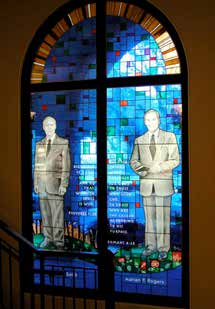
Bailey Smith and Adrian Rogers (Don Young Glass Studio dyglassstudio.com)
“The conservative resurgence is not finished,” declared documents from Bass released online in December as he unsuccessfully appealed his dismissal. “The conservative resurgence is still ongoing.”
Bass appeared to mean the need to continue to draw doctrinal lines, fire professors, and fight fellow Baptists. But the claim assumes answers that now seem up for debate. Is it finished? Is it still ongoing?
New numbers released by the SBC’s LifeWay Research in May just ahead of the 40th anniversary of the rightward shift show the SBC continues its decline in baptisms and membership. In 2018, membership declined 1.28 percent — nearly 200,000 people — and weekly worship attendance declined nearly half a percent. Those numbers marked the 12th straight year of decline for the SBC.
The total number of Southern Baptist members dropped below 15 million for the first time since 1989 — and marked the lowest number for the SBC since 1987. However, while that number of Baptists in 1987 gave the SBC just over six percent of the U.S. population, that same number today means the SBC only claims 4.5 percent.
Baptism numbers are similarly impacted. Not only are Southern Baptists baptizing fewer people than they did just as the controversy started in 1979, but the growth in the overall population means the baptism numbers should be even more troubling. As Pressler and Patterson launched their movement in 1979, SBC churches that year baptized 368,738 people. But in 2018, that number was 246,442 — a decline of 33 percent from 1979. The 2018 number fell three percent behind 2017 and marked the eighth year out the last ten when baptism numbers dropped. The 2018 number was the lowest for the SBC since 1944, when, as SBC leaders explained at the time, World War II disrupted some evangelistic efforts.
Financially the numbers are also declining when adjusted for inflation. In 1979, Southern Baptists gave an inflation-adjusted $592 million to the Cooperative Program (or $184 million at the time). In 2017, that number was $463 million. This decline occurs even though SBC churches are receiving more money today. In 1979, SBC churches received an inflation-adjusted $6.7 billion dollars (or $2 billion at the time). In 2017, that number was $11.7 billion. Thus, while churches sent 8.8 percent of their receipts to the SBC’s Cooperative Program in 1979, they only forwarded 3.9 percent in 2017.
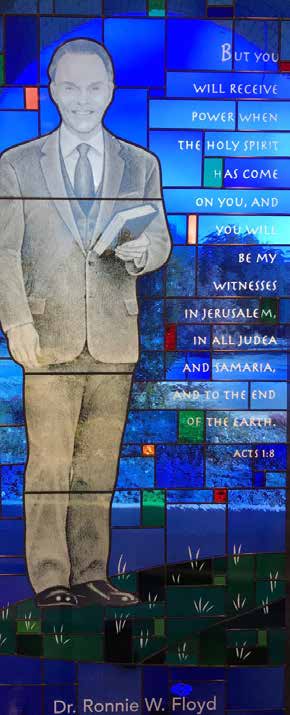
Ronnie Floyd (Don Young Glass Studio dyglassstudio.com)
Ronnie Floyd, who was elected as CEO of the SBC’s Executive Committee just two days before the SWBTS letter announcing the removal of his and other stained glass windows, urged Southern Baptists to refocus to turn around the declining numbers.
“As we look forward,” he said, “it is time to press reset spiritually and strategically in the Southern Baptist Convention. Prioritizing and elevating the advancement of the good news of Jesus Christ into every town, city, and county in America, as well to every person across the world, must be recaptured by every church. Urgency is not an option for any of us as Christ-followers. People need Jesus and they need Jesus now. Our generation of Baptists must believe and determine now that we will do whatever it takes to present the Gospel of Jesus Christ to every person in the world and to make disciples of all the nations.”
His words echoed the call of other Southern Baptist leaders over the last several years of decline. And even in healthier days, Southern Baptists were focused on reaching more people.
In 1976, the Southern Baptist leaders who would soon be pushed aside launched “Bold Mission Trust.” An ambitious plan, it sought to energize Southern Baptists around evangelism and missions with the audacious goal “to enable every person in the world to have the opportunity to hear and to respond to the Gospel of Christ by the year 2000.” Specific goals included planting new churches, increasing Bible study and worship attendance, supporting more missionaries, improving missions education, and increasing baptisms.
However, as Jimmy Allen, Keith Parks, and other SBC leaders at the time pushed for Bold Mission Thrust — with the 1979 SBC annual meeting organized around the theme “Bold Mission Thrust” — Pressler and Patterson whipped up votes for the denominational elections. Within a few years, signs emerged of waning interest in Bold Mission Thrust.
“The emphasis on foreign missions, Bold Mission Thrust, and the Cooperative Program is much less than it was in 1977,” former U.S. President Jimmy Carter told the SBC’s Baptist Press in 1984, referring to a time in 1977 when he hosted SBC leaders in the White House for a conversation. “In the last few years, that sort of spirit has been seriously damaged in the Southern Baptist Convention.”
When 2000 came and nearly all of the goals were unreached, the SBC’s report on the 25-year effort briefly skimmed over the project with just a one-page summary in the 524-page 2001 SBC Annual. When asked about it, then-SBC President James Merritt dismissed Bold Mission Thrust as “overly ambitious.”
While scholars debate the reasons for the failure of Bold Mission Thrust and what impact the SBC’s internal political fight had on it, Baptists today seek to just stopping the bleeding.
The SBC sold one of its two main campgrounds — Glorieta Conference Center — in 2013. The SBC’s International Mission Board reduced its missionary numbers by 1,132 over a several-month period that started in 2015, bringing it back down to 1993 levels. And the number of total graduates from the six SBC seminaries in 2017 was down 29 percent from the 1979 level.
PICKING UP THE PIECES
Most Christian denominations are shrinking today, so the SBC’s decline is not unusual. But the last 12 years of decline for Southern Baptists undermines a key point they previously used to claim they were theologically correct. For instance, Al Mohler, president of Southern Baptist Theological Seminary in Louisville, Ky., wrote on his website, albertmohler.com, in 2006 about “the decline of liberal churches as compared to growth among the conservatives” and specifically pointed to the SBC’s “conservative resurgence” for why the SBC was growing.
“Doctrinal beliefs are the crucial variable determining whether churches and denominations grow or decline,” Mohler added in the year before the SBC started to decline.
Now that the SBC is in decline — and the Church of Jesus Christ of Latter-day Saints is growing — fewer Baptists seem to be trying to use numbers to prove the rightness of theology. While Bold Mission Thrust urged Southern Baptist live out the biblical call to reach more people, leaders of the SBC’s rightward shift saw reaching more people as justification for their view of the Bible. The impact of the SBC’s rightward shift on the SBC’s current health remains debated — and ultimately unknowable. But the question of whether the ‘resurgence’ continues is clearer. While Patterson and Pressler may now be persona non grata, their movement won and will not be undone. Those who left — or were pushed out — of the SBC to start the Cooperative Baptist Fellowship or find theological homes elsewhere, will not be returning for a second fight. In that regard, the 1979 movement marked an irreversible change that continues today.
But within the SBC, the ‘resurgence’ could become a historical artifact rather than a continuing influence. That is the fear of some still loyal to Patterson.
David Brumbelow, who was featured on a set of stained glass windows along with his two brothers and father, is “disappointed” by the move of the new SWBTS administration. He added on his blog, gulfcoastpastor. blogspot.com, that it seems like “a disregard of the Conservative Resurgence, as well as an attempt to erase all traces of the falsely accused and much maligned Pattersons.”
Praising Patterson and the others, Brumbelow added that without them, “Southern Baptists would now be debating same-sex marriage, ordaining gays, abortion for any reason, and whether Jesus is the only way of salvation.”
The internal debate about Patterson, Pressler, and other recent SBC leaders — and perhaps even the movement they led — might continue. In fact, some are ready to pick up the mantle and fight against the current SBC leadership.
In May, Jerry Falwell Jr., president of Liberty University in Lynchburg, Va., announced that two of the former SWBTS stained glass windows would find a new home at the school’s Jerry Falwell Museum: that of longtime LU trustee Jerry Vines and of LU founder Falwell Sr.
The younger Falwell said LU had paid for the window at SWBTS honoring his father, even though the elder Falwell did not actually join the SBC until in the mid-1990s after the success of the rightward shift. In announcing the obtaining of the windows, Falwell Jr. criticized the leadership of SWBTS and the SBC, invoking language he has also used to defend President Donald Trump.
“Unfortunately, a new generation has taken the convention away from those values in many ways,” Falwell said as he praised the rightward shift of the SBC while introducing Vines as the 2019 LU baccalaureate speaker. “Those windows have been removed by the new regime. I guess Southern Baptists have their own deep state.”
“We will continue to honor those conservative leaders who reformed the Southern Baptist Convention,” he added as the windows of Vines and Falwell Sr. were unveiled on stage. “And we place our hope in your generation to be the ones to step up and provide better leadership for the future.”
As Falwell declares war on the alleged “deep state” in the SBC, other removed windows may eventually land elsewhere as SWBTS leaders promised to work with donors to find new homes. The lasting legacy may be found scattered far from the vision of the Pattersons.
Back in 2013, when Paige Patterson still led SWBTS, Dorothy Patterson talked to the Fort Worth Star- Telegram about the stained glass windows project.
“I’m proud of this for Fort Worth. I think it’s pretty unique for Paige’s hometown,” she said at the time. “My dream was to portray the 20-year history of the conservative resurgence of the Southern Baptist Church.”
As the windows are removed, perhaps they tell one more chapter in that momentous history.

